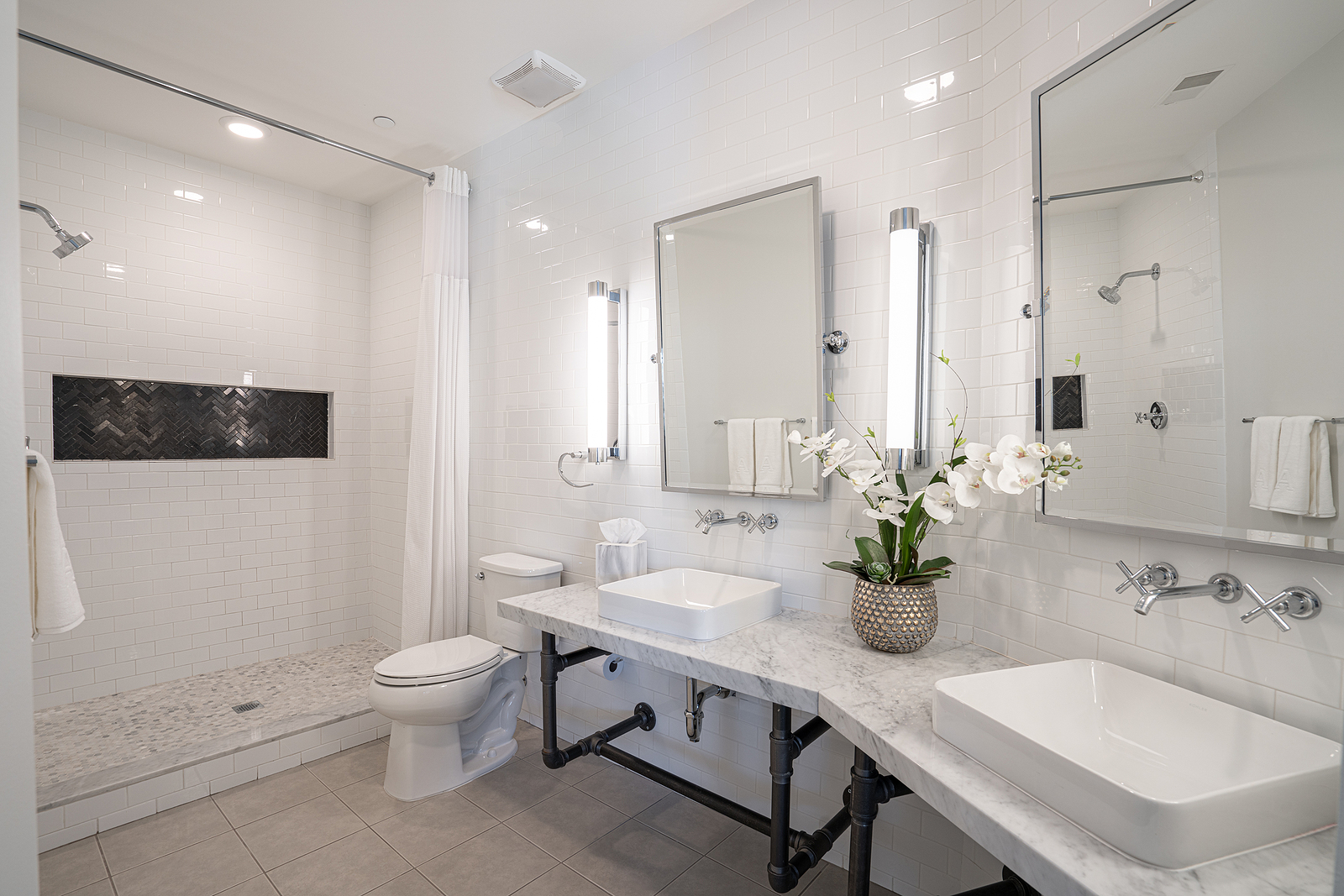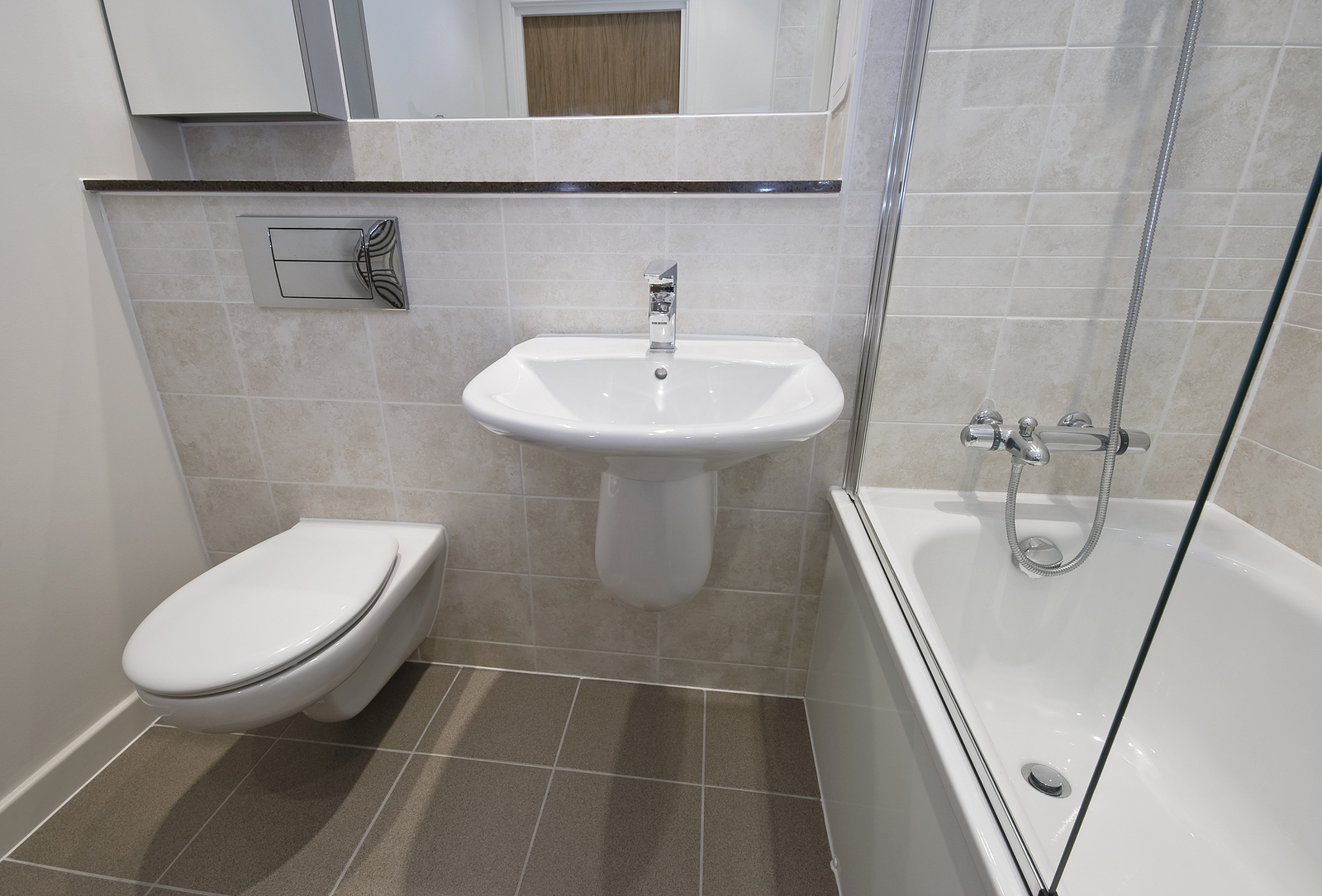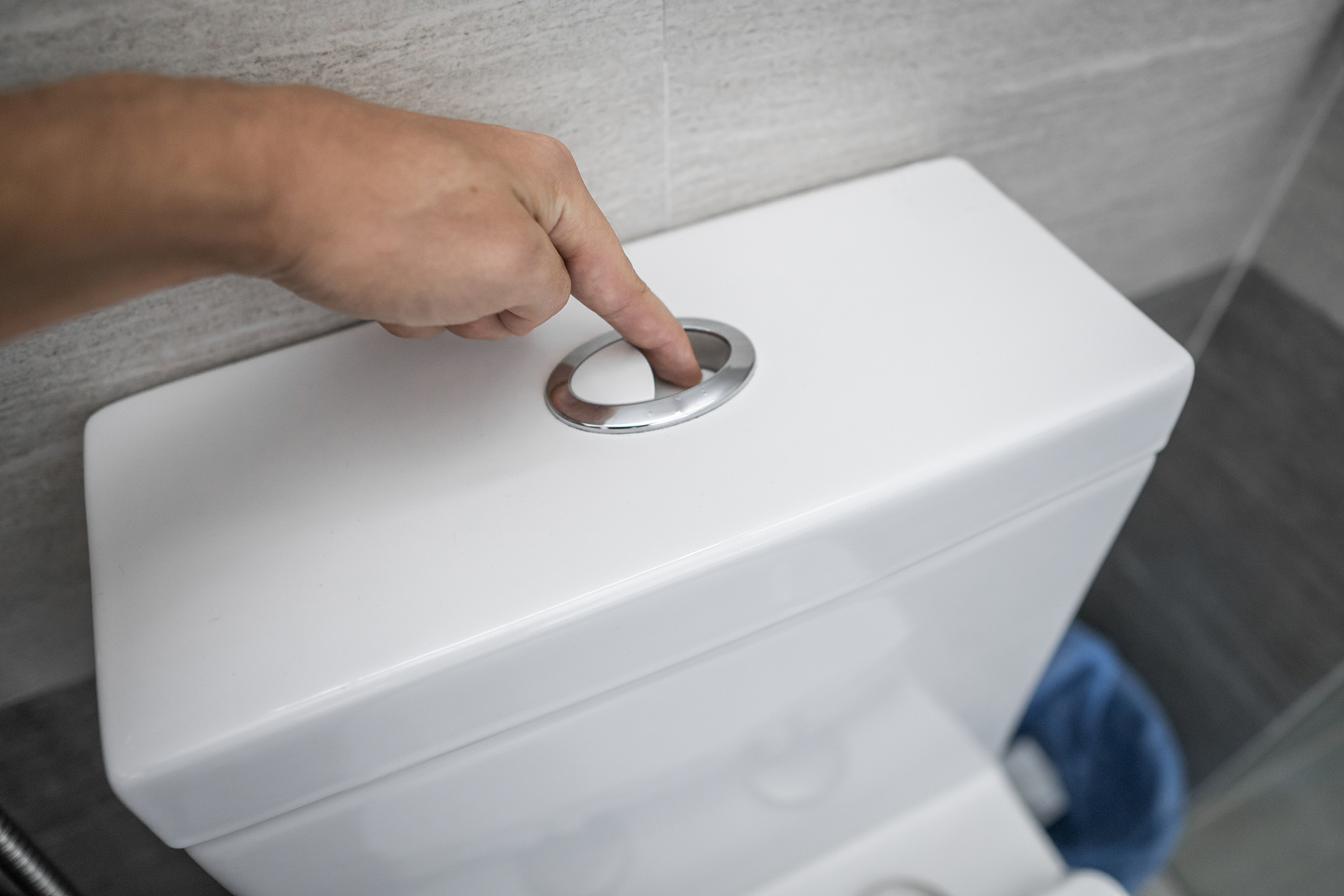

As specialists in washroom furniture, we understand the importance toilet cubicles, sinks and urinals have in ensuring that workplaces and public buildings are comfortable and comply with regulations.
Washrooms are a major factor in determining whether people can comfortably access public spaces and how long they can stay out for, and beyond the legal requirements workplaces have to take care of employees and to avoid discrimination, there is a moral component to including as many cubicles as possible of the highest possible standards.
None of this is necessarily new, and whilst the modern history of public washrooms is only a few centuries old, the first indoor toilets of any kind date back at least 5000 years, to an island north of John o’ Groats.
The Indoor Plumbing Of Skara Brae
The village of Skara Brae on the island of Orkney is a remarkable settlement for a number of reasons, the biggest of which is the fact that it has been preserved so well for so long, leading to comparisons to Pompeii.
Occupied from around 3200 BC up until 2500 BC, Skara Brae was an ideal example of what a Neolithic village looked like at the transition point where small hunter-gatherer communities started to form settlements and sowed the figurative and literal seeds of civilisation.
One consequence of settling in a single location is that there needs to be a source of water and a way to clear waste as safely and hygienically as could be allowed.
Skara Brae itself had a population of roughly 50 people, which was enough for this to be an issue that needed resolving.
The solution was rather remarkably modern; there was a stone drain that was covered and led away from the village and into the Atlantic Ocean. The idea was that the waves would crash into the channel and carry waste away from the village, making it among the first flushing toilets ever created.
The interconnected nature of the drains was remarkable, and rooms were constructed over the drain, creating the first sewage system in history.
How Was This System Preserved?
Very few villages and settlements as old as Skara Brae have been preserved, and none of them with a sewage, drainage and washroom system as old and relatively sophisticated as this endured for so long, such is the nature of time, decay and erosion.
Skara Brae managed to benefit from a few fortunate misfortunes that made it easier to preserve in a similar way to the Roman city of Pompeii over 3000 years later.
One of these is that Orkney had a much warmer climate 5000 years ago than it does now, and one consequence of this was that trees did not grow on the island in significant quantities until the climate became significantly cooler, owing to the issues of heat and salt-spray from the two seas and ocean that surrounded the island.
This meant that most furniture, fixtures and fittings were made of stone rather than wood, which means that the decay that natural materials rapidly go through did not happen, and fixtures such as the toilets and sewage system had remained due to being made from undressed stone.
Another part of this was the mysterious circumstances that surrounded the abandonment of the village, which has been a point of historical debate for centuries.
The village was buried in sand up to eight feet high, which meant that a remarkable amount of the furniture and artefacts survived in astonishing condition given the age of the site.
This fact alone has made people believe that a catastrophic storm hit the village suddenly, causing people to flee as their home was rapidly buried, but other theories believe the village was abandoned for reasons that remain unclear before gradually being buried by sand.
It was another storm in 1850 that revealed the ancient site thousands of years later.
How Did This Shape Washrooms?
The sewage system was figuratively and literally at the centre of Skara Brae, showing that for as long as there have been villages there has been a need for adequate washroom facilities.
There was also a focus on privacy, something that was not the case in Ancient Rome, nor would it be seen as a necessity until the revival of the ‘retiring room’ starting in 1851, although they would only be regularly found on the streets of London beginning in 1889.
There was an understanding of the health and hygiene risks involved with body waste being located close to a settlement, and whilst letting it wash into the ocean was a somewhat rudimentary solution, it would be the genesis of flushing toilets, something that is a vital part of washrooms today.




